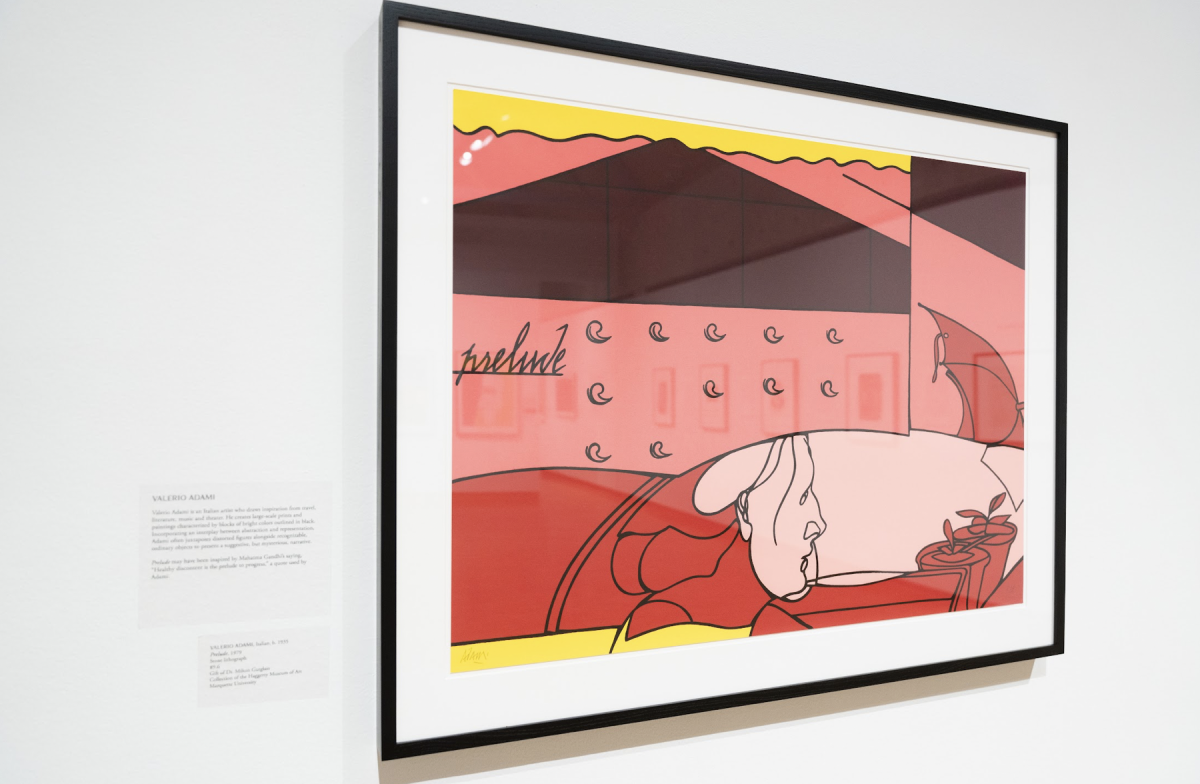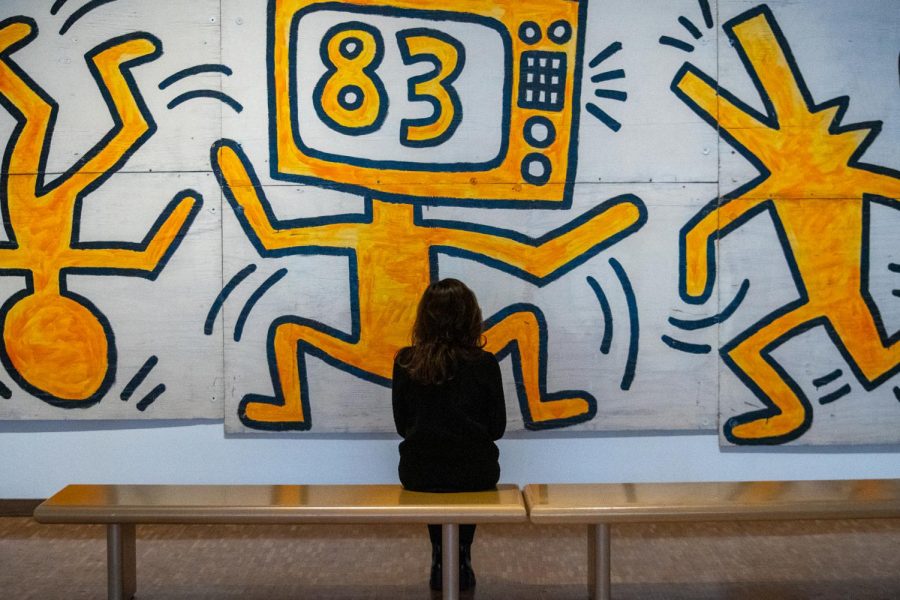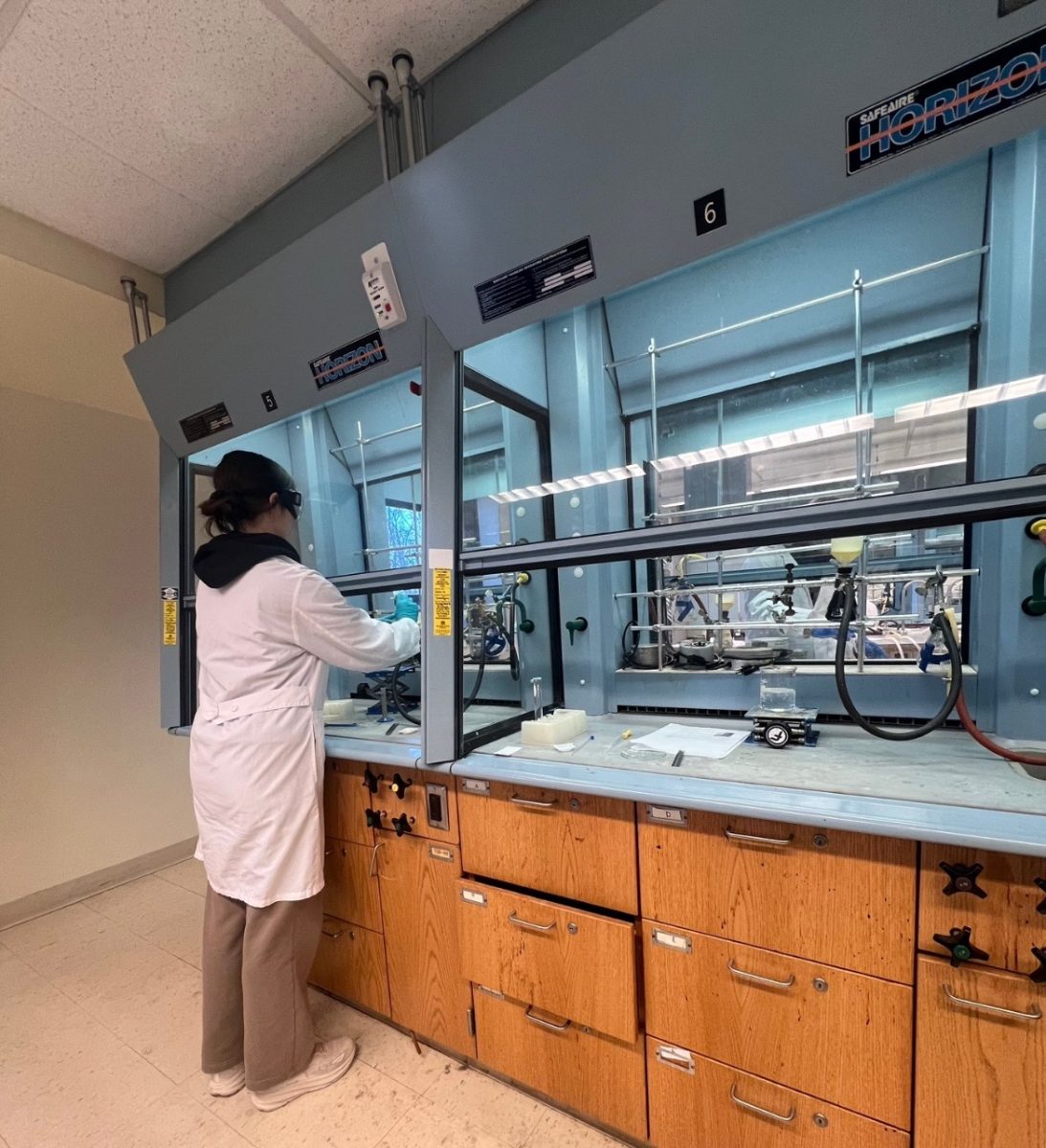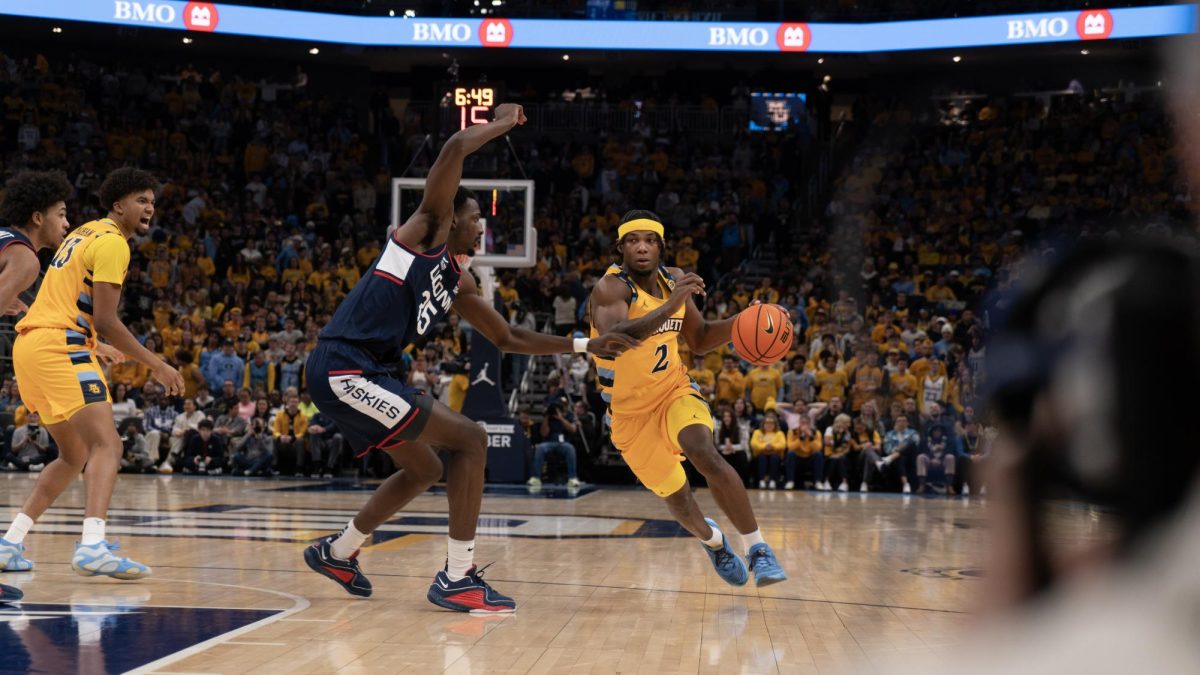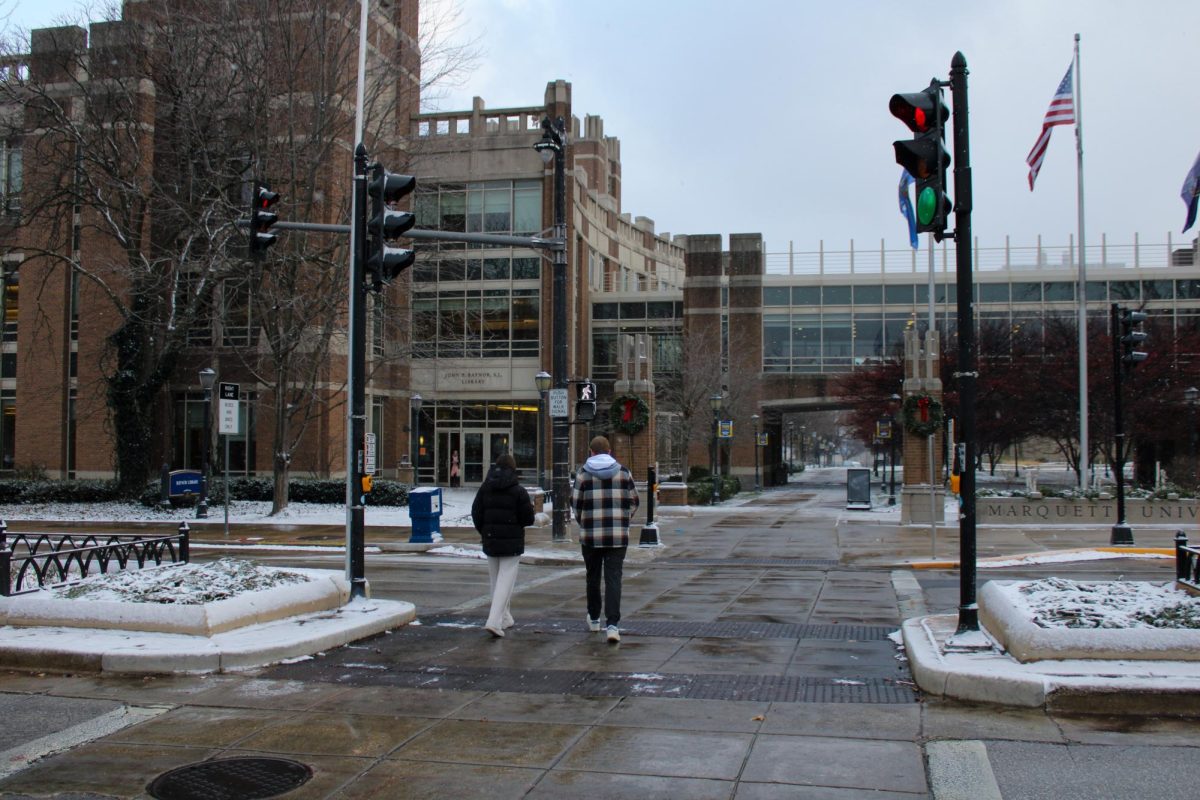
Edgewood College professor Andrew Witt said when he learned about the Black Panther Party growing up, the organization was always represented by a single item — a gun.
But Witt, now a professor of 20th century African-American history, wanted to delve deeper into the multidimensional complexities of the Black Panthers. He shared these elements with Marquette students and faculty at the Haggerty Museum of Art Wednesday night.
Witt’s presentation, “Picking Up the Hammer: Re-thinking the Black Panther Party,” was held in conjunction with the museum’s temporary exhibition, “The Black Panthers: Making Sense of History.”
The photographs that comprise the exhibition are all works of Stephen Shames, the only photographer party leaders Huey P. Newton and Bobby Seale allowed into the organization to document their movement. The photographs Shames has taken exploit the side of the party that many did not see because of the way the media and politicians shaped the party throughout the civil rights movement.
Witt said the Black Panther Party was perceived to be a militant force. However, Witt through his lecture at the exhibition, and Shames via his photography, illustrate a different side of the party. They showed the Black Panthers as a community-based organization aimed at protecting its fellow citizens from police brutality and raising the morale of the community through neighborhood programs.
During the 1960s and 1970s, the Black Panther Party was playing an active role in altering the United States’ future, as were students at Marquette. Attendee Art Heitzer, a 1969 alumnus, was a member of Marquette Student Government and former president of the Marquette University Student Senate.
Heitzer said that in 1968, after the assassination of Martin Luther King Jr. and return of students after spring break, the students protested a whites-only dance the Golden Eagles Club held on campus. He said 1,500 students surrounded the old Brooks Memorial Union, protesting institutional racism.
“We called for anyone who supported the cause,” Heitzer said. “Out of the 1,500, 150 sat outside and blocked egress so the faculty would be forced to speak with us.”
Heitzer said the Black Panthers also played a role on campus.
“We had a building across from the union where political messages were written consistently on during the Respond Movement (the reaction to Newton being in jail),” he said. “It wrote, ‘Free speech. Free assembly. Free Huey.’”
The eventual result of the student activism was the Educational Opportunity Program, a program that provided additional funding and scholarships for minority students, according to University Archives.
The Black Panthers traveling exhibition came to Marquette by way of Aperture, a nonprofit organization devoted to publishing fine-art photography.
Lynn Shumow, curator of education and community outreach at the Haggerty, said hearing different viewpoints about the Black Panthers helps everyone better understand their purpose.
“As a strong educational tool, talking about different sides of the story, we are almost obliged to share those various views,” she said. “This exhibition is a point of departure for dialogue.”
The lessons conveyed through the exhibition have started a conversation in many history and inquiry classes at Marquette, which touch on the true meaning of the Black Panther Party and the different views of history, Shumow said.
Article by Andrea Anderson
Special to the Tribune





